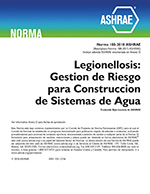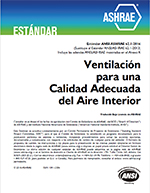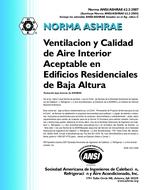Description
Steady-state heat transfer inside boreholes is usually assumed when sizing geothermal boreholes and a constant borehole thermal resistance is used to calculate the temperature difference from the fluid to the borehole wall. Thus, heat rejected into the fluid is assumed to be transferred immediately at the borehole wall. In reality, rejected heat will heat the fluid and the grout first before reaching the borehole wall and be transferred to the ground. These transient effects, caused by the fluid and grout thermal capacities, are beneficial as they reduce the peak ground loads and, consequently, the required borehole length. In the first part of this study, simulations are performed on a residential ground-source heat pump system to quantify borehole transient effects. Then, correction factors for the current ASHRAE sizing equation are proposed to consider borehole thermal capacity. Results show that neglecting borehole transient effects leads to oversized boreholes and may overestimate heat pump energy consumption by about 5 %. A parametric study performed on several types of boreholes shows that the correction factor to the ASHRAE sizing equation varies from 0.69 to 1.24 for those particular cases. Correction factors below one are typically associated with oversized heat pumps which lead to intermittent heat pump operation and maximize the use of the borehole thermal capacity.
Citation: 2016 Annual Conference, St. Louis, MO, Conference Papers
Product Details
- Published:
- 2016
- Number of Pages:
- 8
- Units of Measure:
- Dual
- File Size:
- 1 file , 1.1 MB
- Product Code(s):
- D-ST-16-C027




